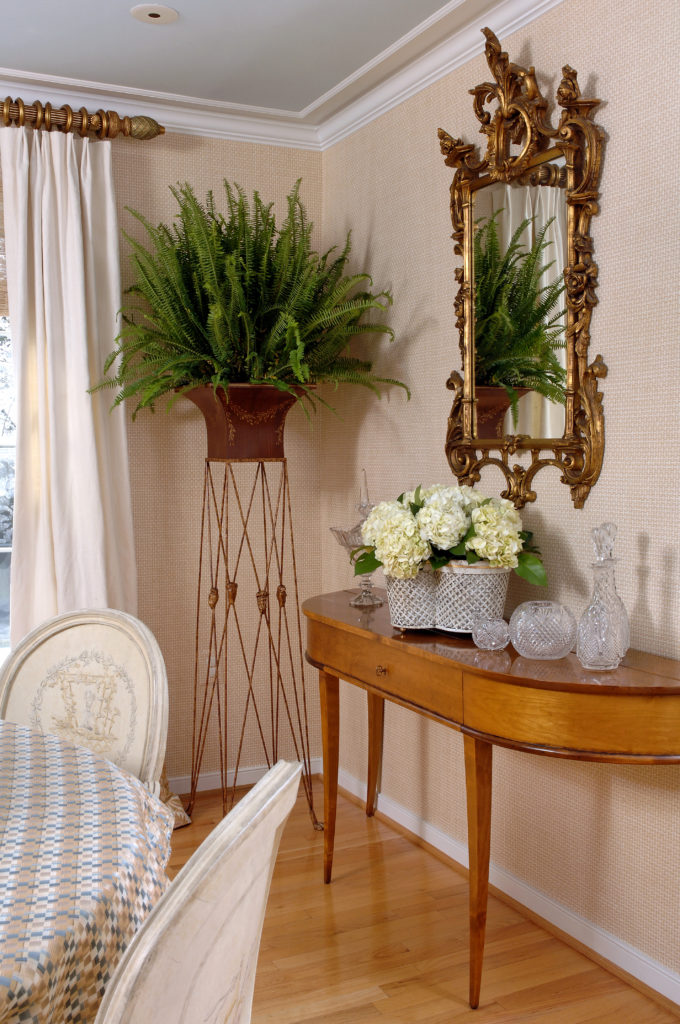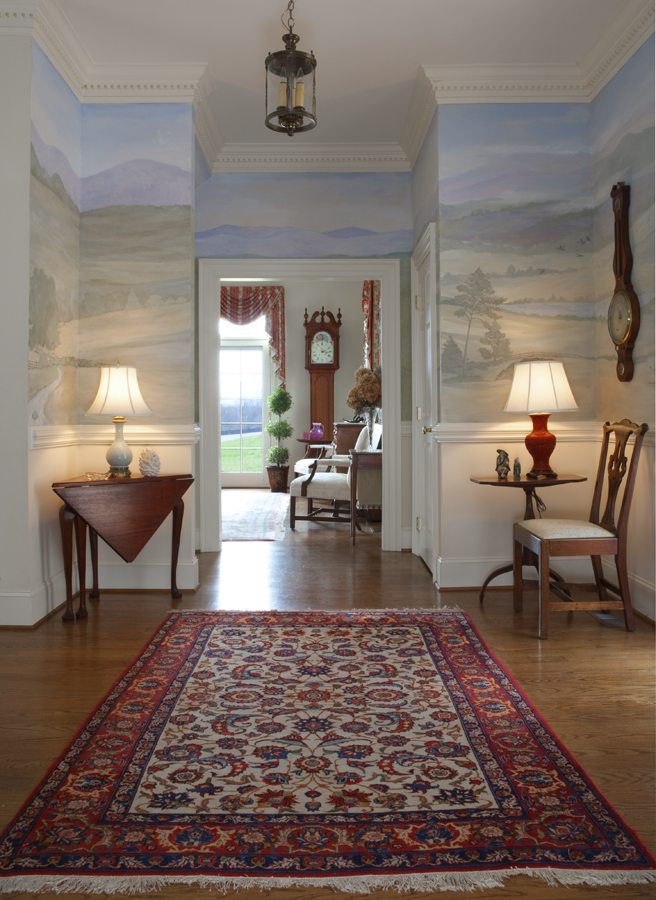– Making a Case For Keeping Your Family Heirlooms
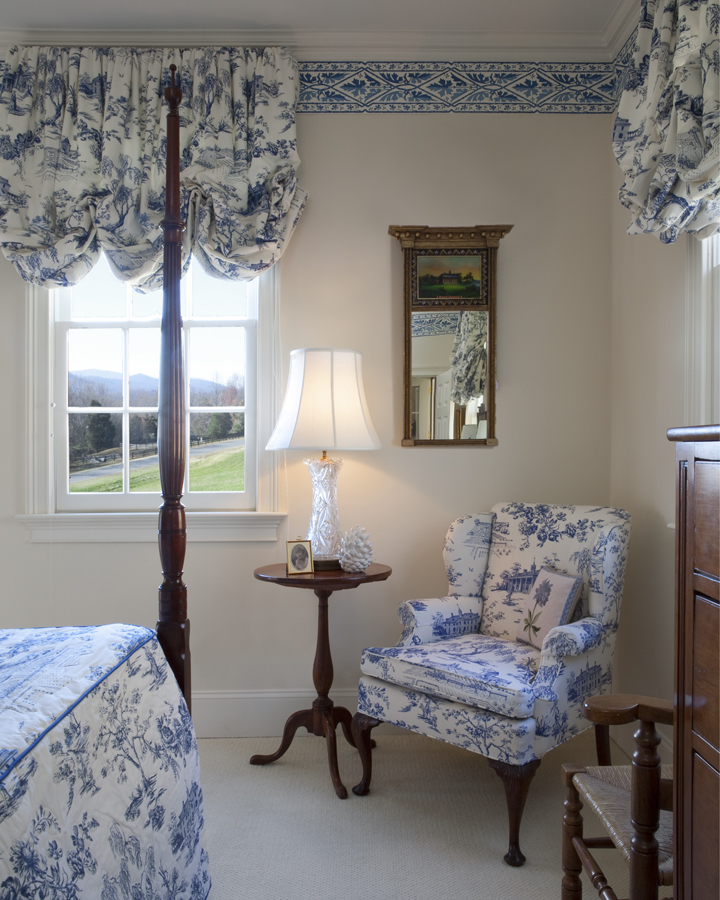
Remember a few years ago when your mother talked you into taking that family heirloom chest of drawers from her home as she was downsizing? And how you didn’t want it? It didn’t represent your style; it’s old and it reminds you of your grandmother’s house; memories dusted off from your childhood. You reluctantly said yes, then placed the old chest in that seldom-used guestroom of yours out of sight (mostly) and out of mind.
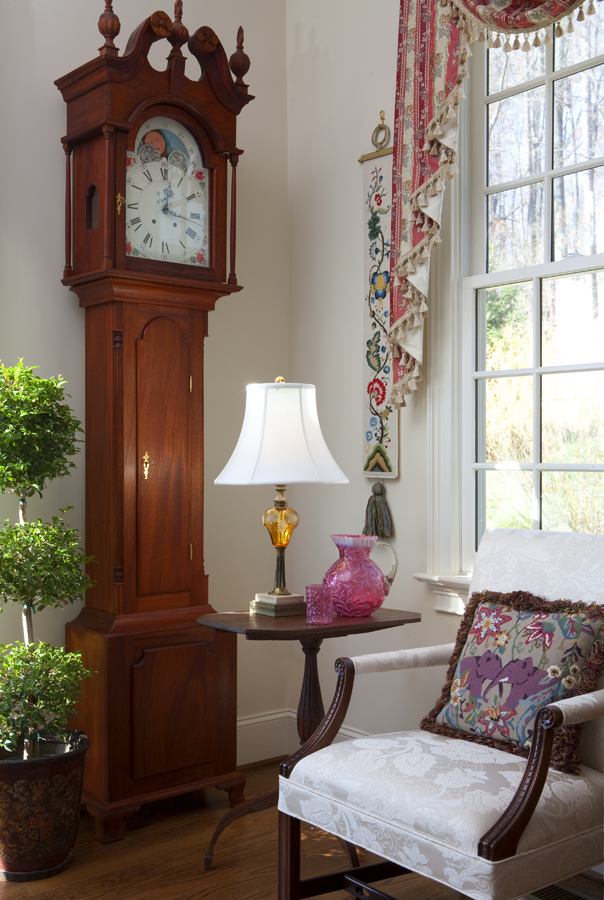
And yet, every time you walk into the guestroom or place something in those drawers, you are instantly taken back to your childhood memories of visiting your grandparents. Of feeling safe and secure, with that anticipation of what would happen next on your childhood vacation. For a split second after opening that drawer you are time-warped there. Why is this more important now?
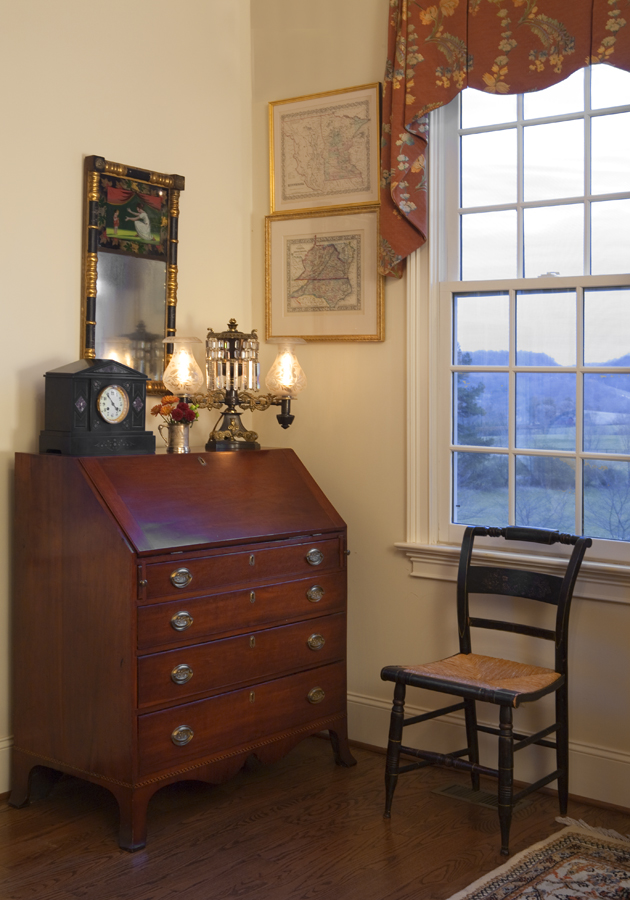
We’re now in a pandemic. You probably haven’t seen your extended family in weeks, maybe months. If you have aged parents or grandparents or other relatives they may, or may not be, in lockdown. Either way, you could be more than a little anxious about their well-being. Perhaps even concerned about the impact this separation will have on the make-up of your family. Aren’t you glad you kept something from your shared past? This year has changed it all. People long for the ability to get carried back to a different place, even a different time, while they’re stuck at home. People are studying their family trees like never before – reconnecting and remembering.
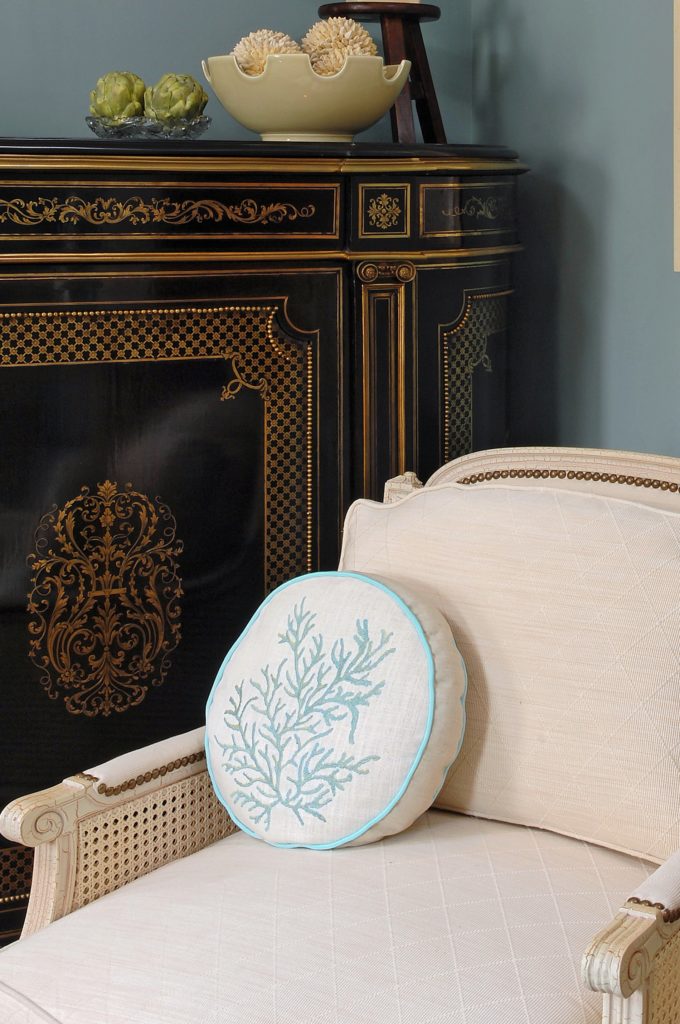
It’s like getting out of your car near some boxwood bushes and wondering why you are thinking of your best vacation ever. How did that pop into your mind? It was the scent that did it. It always is.
Your sense of smell is the most vivid part of the brain, more so than sight or hearing. Smells go through the olfactory bulb which is the structure in the front of the brain that sends information to other areas of the body’s central nervous system for further command. Scents go directly into the limbic system including the amygdala and the hippocampus, and these are the regions directly related to emotion and memory. This is why a smell can take you back to a specific place in time much quicker than a photograph or a story in a travel diary. The emotional connection that a smell triggers is immediate and vivid.
“The sense of smell can be extraordinarily evocative, bringing back pictures as sharp as photographs of scenes that had left the conscious mind”. – Thalassa Cruso
It wasn’t that long ago in this country we were watching as millennials wanted nothing for their homes that belonged to their parents. No keepsakes, no furniture, nothing. “Brown” furniture was passé; you could not even donate some of it to local charities brimming with the stuff. And yet slowly we’ve seen a trend back towards antiques, spurred on by the Green movement which touted recycling instead of gathering everything new. We’re doing an about-face, and Covid-19 is accelerating it. People are asking why they would want to give away the very items that can bring back those vivid and positive memories?
My clients are telling me how they now want to keep their family heirlooms and somehow incorporate them into their overall design. And I am delighted. Because I’ve been arguing with clients and trying to persuade them to keep things for years. Our firm loves to mix transitional and contemporary with the traditional, and we want to keep family items in the family. Emily Dickinson said “Hold dear to your parents for it is a scary and confusing world without them.” Whether it’s parents, grandparents, or any other people with whom you have had a deeply-felt shared past, you can bring a little bit of that relationship and those memories into your home, one piece of furniture at a time. Think twice before you donate that old dining-room table. Perhaps it can become a treasure.
Stay Inspired,
Margery Wedderburn
